Szelényi Károly
“ I was thirteen, when I won a prize at the National High School Photo Contest. I lightened my sister before our aquarium using a 500-watt lamp. I won with this profile photo, but fish perished because of the heat.
“Even before the WWII, Agfa produced the first colour film, and the cameras manufactured that time by Leica and others had significant value. Therefore, these were cached during the war events. After the war, a little later, the ambushed family cameras were turned up. This was the story in our family as well. Since that time the most frequent activity was the family outing, cameras served to record what we saw.”
“I was particularly interested in the technical details, so I was enrolled to the Forte photochemical factory. Later, at the mid-sixties, I joined the Corvina Publishing Company. Its task was to survey and to record our cultural heritage. For this reason I had the commission to photograph the murals of Hungary. Everyone pulled out of this task, for nobody wanted to carry a device of 60 kilo with accessories. But I was very happy for the opportunity. “
In great part due to this work he was asked to photograph the Holy Crown of Hungary, as well as the coronation robe later. Since then, he illustrated more than 80 books on museums, artistic monuments, artists, cities, and landscapes.
Years ago, it was an idea at the University of West Hungary to establish the Department of Photography. For its curriculum he started to compile a textbook on the colours. The idea was aborted, but he engaged into this subject to such an extent, and he detected so much exciting knowledge, that he wrote the book “Colours: the deeds and sufferings of the light – the everyday of Goethe’s colour theory”.
“One day I realised why Goethe’s bust was in the my grandfather’s library. He once mentioned that Goethe drew the circle of colours, but that time I did not know to connect myself to the great poet by means of the colours.” Once upon a time Goethe looked into a prism, and the sight made him to immerse into the world of colours. He accepted the Aristotelian view, that is, generating the colours need the meeting of light and darkness.
During his investigations of several decades he created numerous theories. He discovered, inter alia, the magenta colour and the polychrome shadow. If a dimmed object is illuminated by a red light, we see the gray shadow of the object to blue-green. However, this auxiliary colour appears only in our brain, because our mind aims to be comprehensive. Goethe was not able even enter to a restaurant without addressing the colours.
The prudent and entertaining book, the device demonstrating the colour mixing, the colour chess – these are only means to understand the relation of the colours, and how they affect us. Shaping the colour taste is an artistic and social task, ranging from the colouring of the buildings to the fashion styling and the commercials.
“ Image managing software packs are set to produce pictures of hot colours. To take an acceptable photo is not a fine art, and in this way the photography as an artistic activity is descending temporarily. For creating a really high quality picture it needs, however, an inner passion, a message, because the photo represents a spoken language, and the colours have to support the message.
PREVIOUS: Ef Zámbó István
NEXT: Kiss Miklós
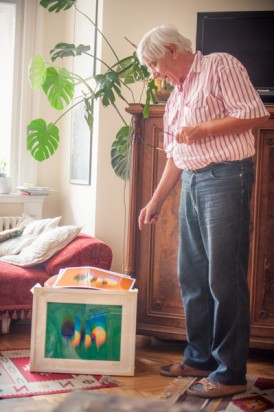
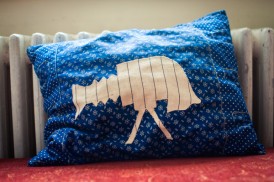
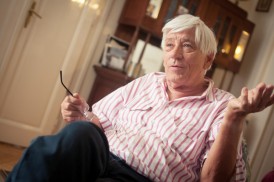
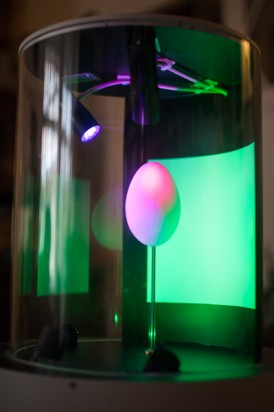
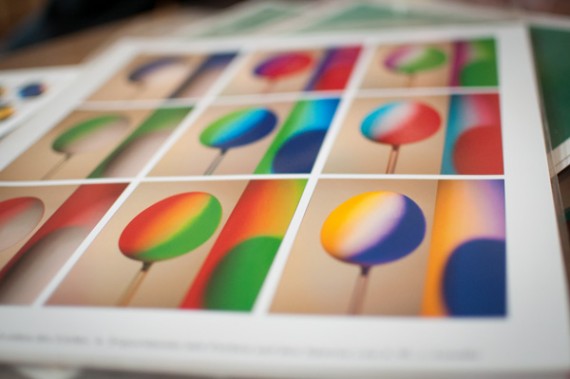
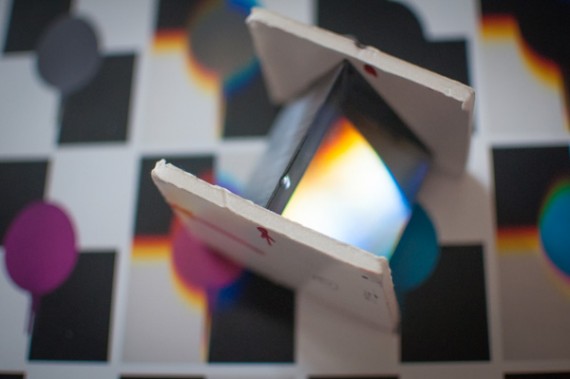
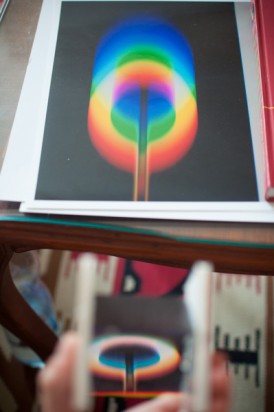

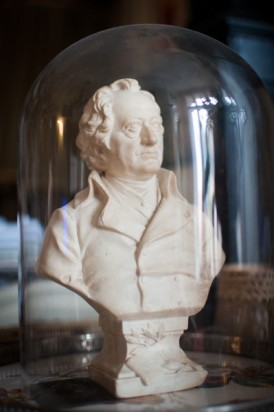
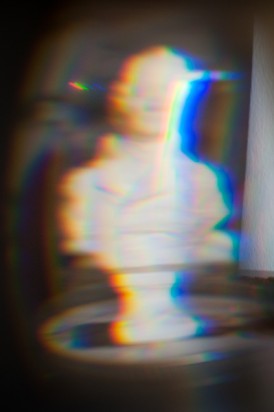
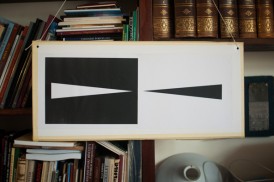
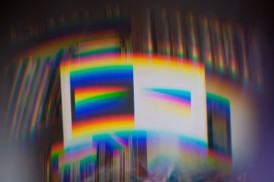
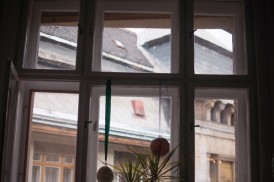
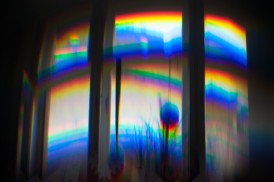
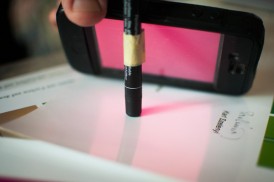
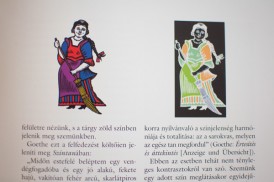
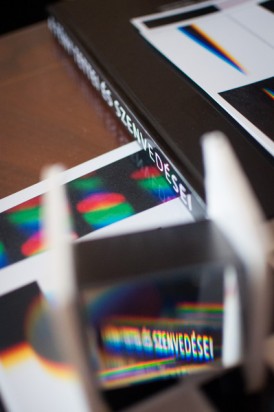
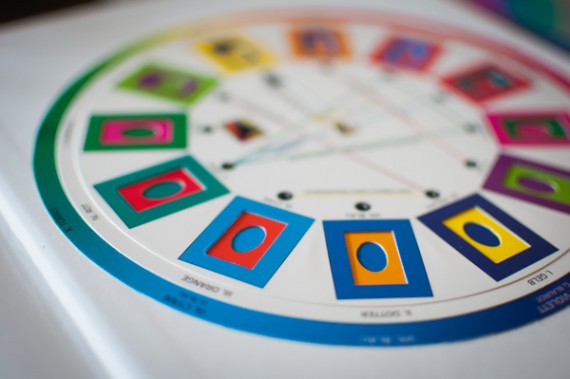
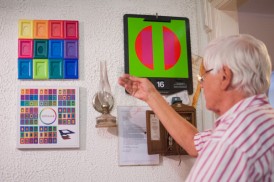
USER COMMENTS ( 0 )
Follow Comments via RSS feed. Trackback Comments from your website.